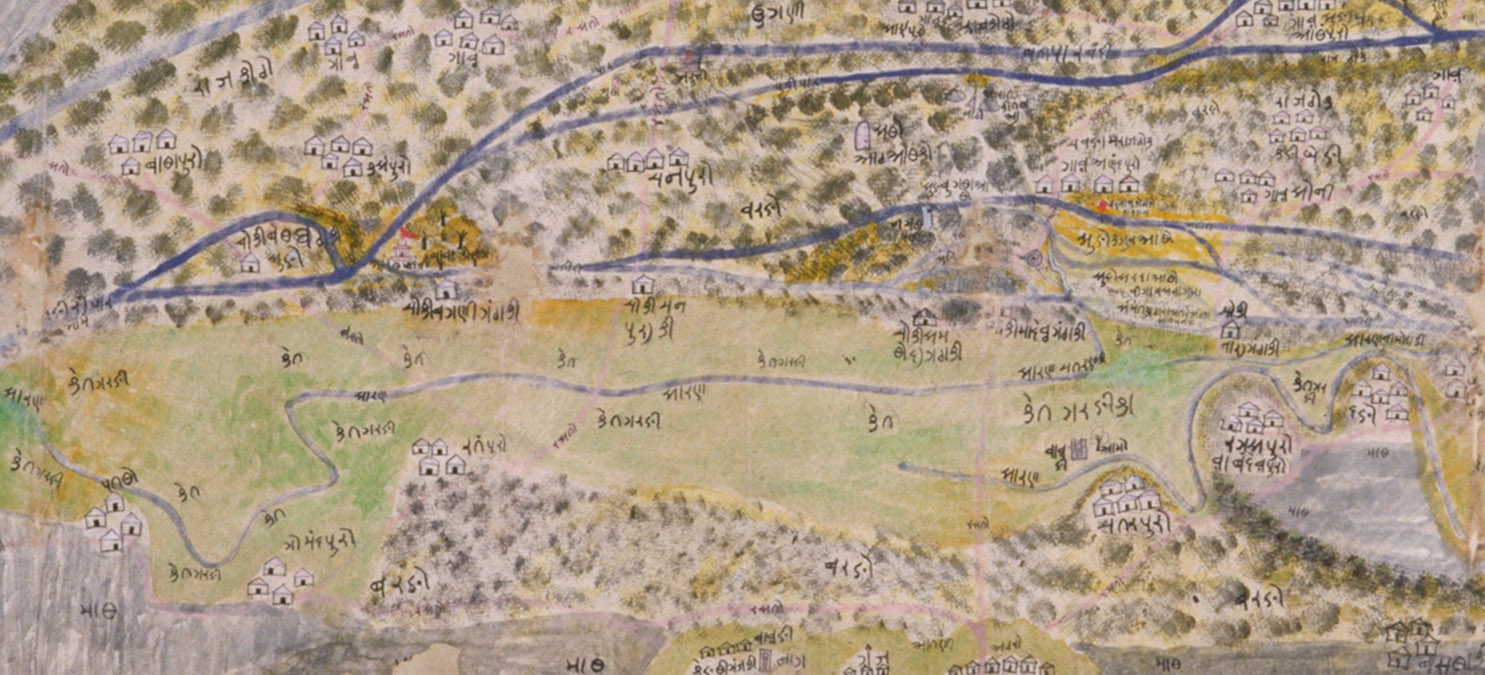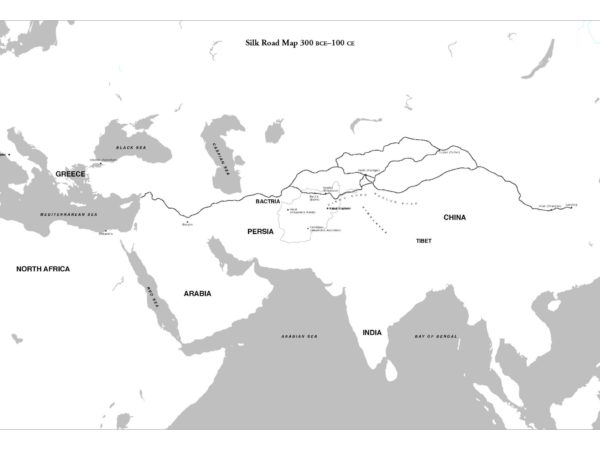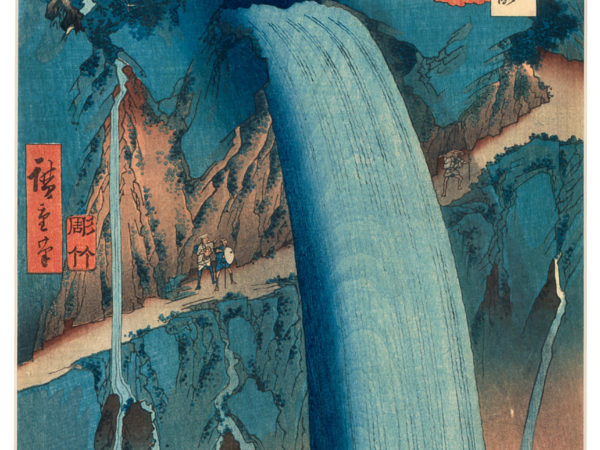Lesson
Mapping the Silk Road
Students analyze objects from South Asia, West Asia, and China to connect to the travel experiences of ancient merchants and traders, develop an understanding of the breadth of the land and sea trade, and explore how art and ideas travel and change over time and place.



